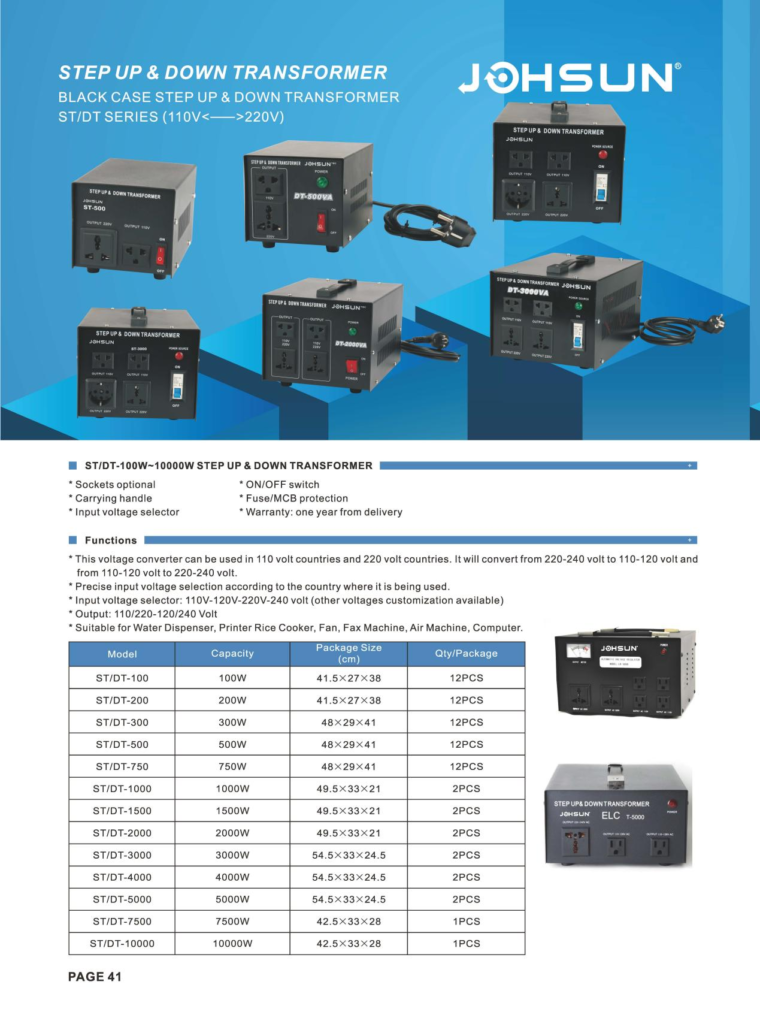voltage stabilizer A simple guide to understanding
What is a voltage stabilizer
A voltage stabilizer is a device used to keep voltage stable, ensuring that electronic devices can still work properly when the voltage fluctuates. It provides a stable output voltage by regulating changes in input voltage, protecting the device from voltage instability. Voltage stabilizers are widely used in home appliances, industrial equipment, and computer systems.
How a voltage stabilizer works
Voltage stabilizers achieve voltage stability by:
- Detecting input voltage: monitors input voltage changes in real time.
- Adjusting output: automatically adjusts output to maintain constant voltage based on input voltage fluctuations.
Electronic voltage stabilizers use semiconductor components, such as thyristors or field effect transistors, to respond quickly and adjust voltage.
Mechanical voltage stabilizers rely on motors to drive transformer windings to move to adjust the output voltage.

Technical parameters of a voltage stabilizer
Selecting the right regulator requires careful consideration of the following technical parameters:
- Input voltage range: refers to the minimum and maximum input voltage values that the regulator can accept and handle.
- Output voltage: The constant voltage value provided by the regulator to the load.
- Power handling: Indicates the maximum load power that the regulator can support, measured in watts (W).
- Efficiency: refers to the degree to which the regulator loses energy during the conversion process, usually expressed as a percentage.
- Response time: The time required from detecting a change in input voltage to completing the adjustment, usually measured in milliseconds (ms).
Common classifications
Voltage stabilizers can be classified according to different standards:
Classification by structure:
- Mechanical voltage stabilizers: adjust the output by physically moving parts.
- Electronic voltage stabilizers: use electronic components to quickly adjust the output.
Classification by use:
- Household type: used for household equipment such as TVs and refrigerators.
- Industrial type: used for factory equipment and large machines.
- Special type: used for specific equipment, such as medical instruments.
Classification by adjustment method:
- Automatic adjustment: automatically detects and adjusts the output.
- Manual adjustment: requires human intervention for adjustment.
Daily maintenance and fault analysis
Daily maintenance:
- Check the connection wires and plugs: Check regularly for looseness or wear to prevent short circuits or poor contact.
- Clean the surface of the equipment: Keep the surface of the equipment clean to prevent dust accumulation from affecting the heat dissipation effect.
- Monitor the operating status: Pay attention to whether there is abnormal noise, overheating or other abnormal phenomena.
Common faults include:
- Unstable output: It may be caused by aging or damage of internal components and should be repaired in time.
- Overheating problem: It may be caused by poor heat dissipation or overload operation. The cooling system and load conditions need to be checked.
- Complete failure: It may be due to severe damage or internal short circuit. Professionals should be contacted for repair or replacement.




